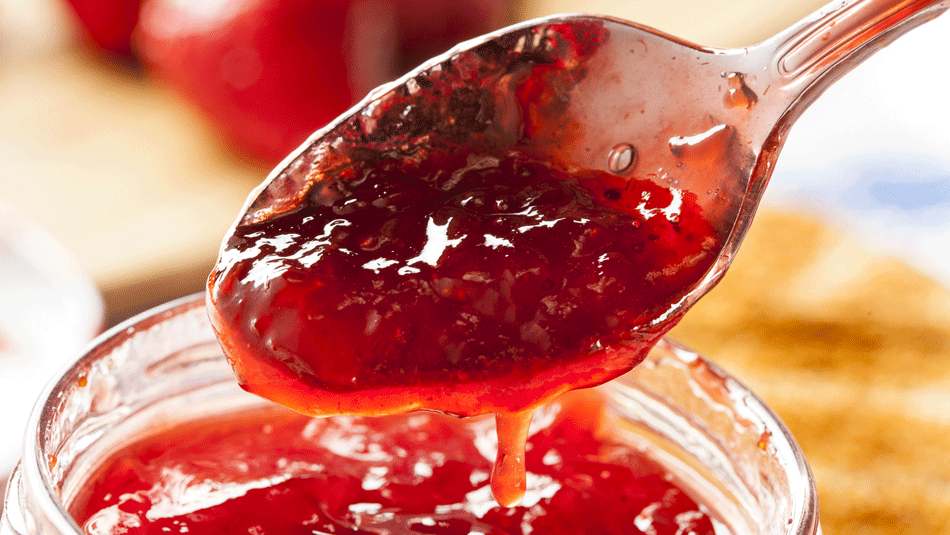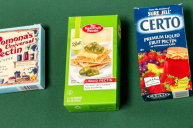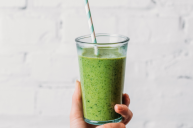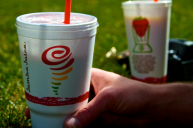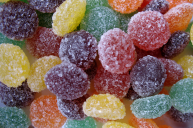With the fresh summer season coming, you can start thinking about preserving for the autumn. One of the most beloved canning projects out there is creating jam or jelly. While the benefit of using fresh fruits over frozen is obvious, it can be hard to actually know whether you're making jam or jelly. So what's the difference between jam, jelly and preserves? It's helpful to instead start with how they're the same.
All three share the same few ingredients: fruit, sugar, pectin — a natural carbohydrate with gelling properties — and acid, which interacts with the pectin to create the products' thick finish.
The differences arise, then, in the type of fruit (or how it's used), the way it's prepared, and the proportions of those four main ingredients.
Jam
https://www.instagram.com/p/Bf0x12KAXu6/?tagged=homemadejam
A fruit that's been crushed, chopped or otherwise deconstructed then cooked with sugar, pectin and acid until it's softened and spreadable but still has chunks of fruit in it is what defines jam.
There is also a regulatory definition, in case you were thinking of making your hobby into a business.
According to the Food and Drug Administration, to be sold as jam, the ratio must be 47 parts fruit to 55 parts sugar for berries, tomatoes, oranges or pineapples, or 45 parts fruit to 55 parts sugar for currants, guava or stone fruits. To be labeled and sold as "jam," a product must have not less than 65 percent soluble solids.
Jelly
https://www.instagram.com/p/BRZYWFsBK—/?tagged=strawberryjelly
It's the stuff most likely found in your kids' lunchbox, slathered on bread with plenty of peanut butter. It's made with fruit juice — no solids — then boiled with sugar and pectin, resulting in a firm, spreadable, transparent colored gel.
Jelly has its own set of FDA regulations: to be sold as jelly, a product must contain at least 55 percent fruit juice.
Preserves
Preserves are the whole or large-cut pieces of fruit stored in a liquid. This can be their own juices, water, syrup or, yes, jam or jelly.
The liquid in preserves is usually translucent and lightly gelled, and the fruit will maintain its shape.
That's not all, though. There are also Conserves (jams made with a mixture of different fruits and sometimes nuts),
https://www.instagram.com/p/BB7a6SGF6UJ/?tagged=cherryconserve
Marmalade (jelly with pieces of fruit rind, usually citrus),
Fruit Butter (un-jellied and made with sugar and a longer cooking time),
Compote (chunky fresh or dried fruit cooked in sugar syrup, sometimes with liquor and spices)
and Coulis (compote made with smooth, pureed fruit).
Start planning your canning now!
